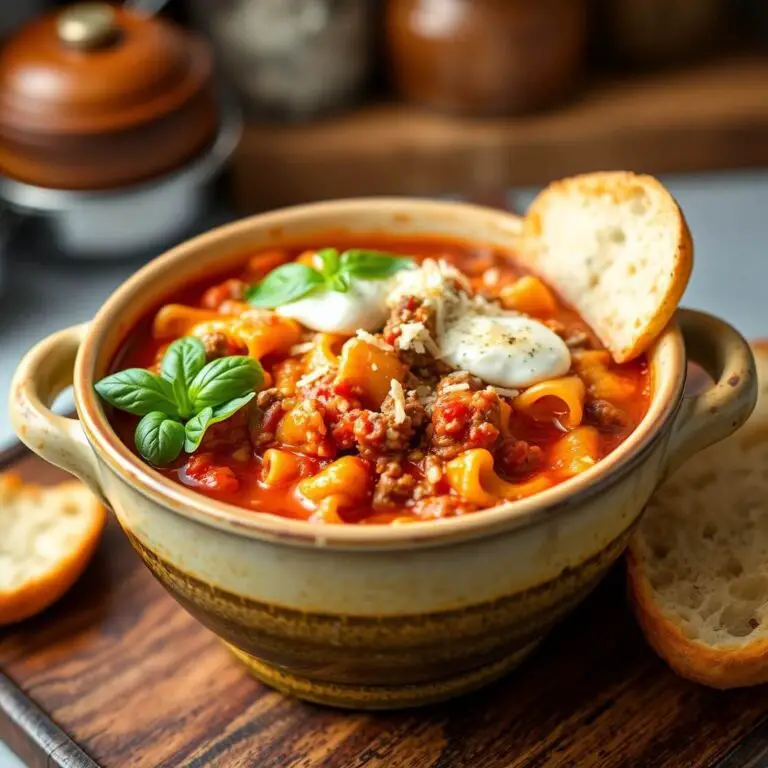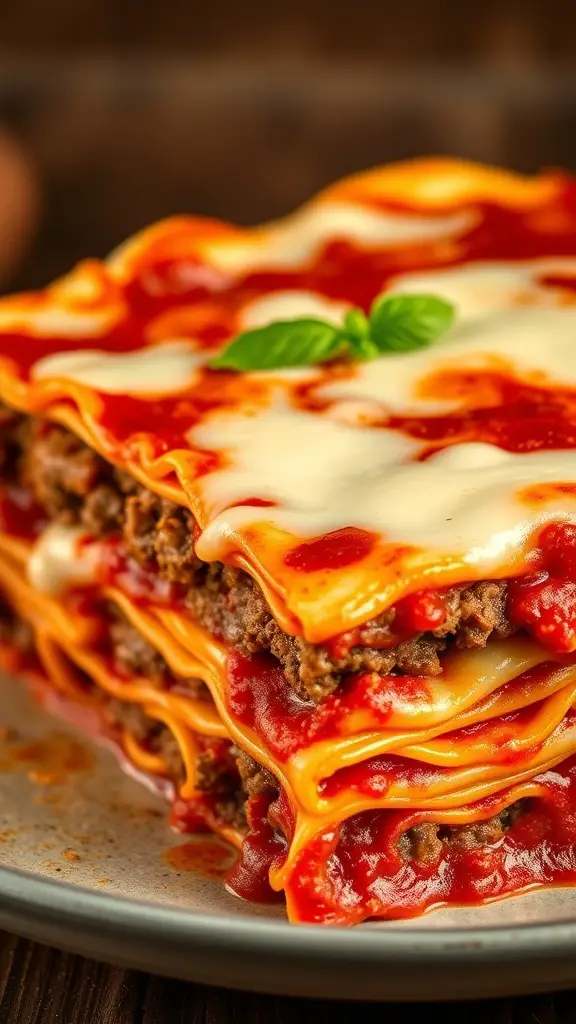
I remember the first time I baked this lemon cake—it was a rainy Saturday afternoon, and the kitchen smelled like sunshine. There’s something comforting about the simple act of baking, especially when it’s a recipe that brings brightness and a bit of zest into your day. My kids, who usually gravitate toward chocolate, were surprisingly captivated by the tangy aroma that filled our home. By the time I took it out of the oven, the soft, golden cake had a gentle crust on top, and everyone hovered around the counter, eager for the first slice.
What makes this lemon cake stand out is how effortlessly it blends a light, fluffy texture with a vibrant citrus flavor. It’s the kind of cake that feels both indulgent and fresh, perfect for a weekend treat or a special gathering. I love that it doesn’t require complicated steps or exotic ingredients, yet every bite tastes like it was crafted with care. It’s become a staple in our kitchen, not just for its flavor, but for the memories baked into it.
Why I Love This Recipe
There are countless lemon cake recipes out there, but this one has a special place in my heart. What I love most is its delicate balance between sweet and tangy. It’s not overly sugary, so you really get to enjoy the natural brightness of the lemon, which makes it feel light yet decadent at the same time.
Another reason this recipe is my go-to is how versatile it is. You can enjoy it plain with a cup of tea in the afternoon, drizzle it with a simple glaze for a party, or even turn it into a layered cake for birthdays. The texture is soft, airy, and melts in your mouth, which is achieved by a careful blend of butter and a touch of yogurt—an ingredient that really elevates the cake’s moistness.
What makes it different from other recipes is the subtle, homemade charm. It’s the kind of cake that isn’t overly fussy but makes you feel like you’ve treated yourself. Every slice is a reminder that simple ingredients, a little patience, and love in your kitchen can create something truly remarkable.
Ingredients for Lemon Cake
Let’s talk about the ingredients for this recipe. I like to keep it approachable yet flavorful, so you won’t need anything too fancy.
You’ll need all-purpose flour as the base—enough to give the cake structure but not so much that it feels heavy. Sugar is next; I prefer granulated, as it balances the tartness of the lemon without overpowering it. Butter brings richness and flavor, while eggs help with structure and lightness.
A key ingredient that makes this cake extra moist is yogurt. It’s subtle, but it creates a texture that is soft and tender, perfect for slicing. Then, of course, there’s the lemon—the hero of the recipe. Fresh lemon juice and zest ensure the cake has that unmistakable citrus aroma and a clean, vibrant flavor that jarred or bottled lemon juice simply can’t replicate.
I also add a touch of vanilla extract to enhance the overall flavor profile. Baking powder is necessary for that light, airy rise, and a pinch of salt balances the sweetness and brightens the lemon. For a little finishing touch, I sometimes make a simple lemon glaze with powdered sugar and lemon juice to drizzle on top.
Everything about these ingredients is meant to make the cake approachable, yet elevate it into something memorable.
How Much Time Will You Need?
This recipe is surprisingly quick, considering how impressive it looks and tastes.
From start to finish, you’re looking at roughly 10–15 minutes to prep your ingredients and batter. The baking itself will take around 40–45 minutes, depending on your oven, and cooling adds another 20 minutes if you want to serve it as a whole cake.
So in total, with a bit of patience for cooling, you can have a fresh, homemade lemon cake ready in just over an hour. That makes it perfect for a weekend treat, an impromptu tea time, or even a last-minute dessert for guests.
How to Make This Lemon Cake

Step – 1: Preheat your oven to 350°F (175°C). Grease and flour a 9-inch round cake pan or line it with parchment paper. This ensures your cake comes out easily and keeps its shape intact.
Step – 2: In a medium bowl, whisk together your flour, baking powder, and salt. Set it aside. This dry mix will help give the cake structure while keeping it light.
Step – 3: In a separate large mixing bowl, cream the butter and sugar together until it’s light and fluffy. This is key to a soft, airy texture. Add the eggs one at a time, beating well after each addition, then mix in the vanilla extract.
Step – 4: Gently fold in the flour mixture in three parts, alternating with yogurt in two parts. Start and end with the flour. This careful folding ensures your cake batter remains airy.
Step – 5: Add the lemon zest and juice, folding just until combined. You’ll notice the batter becomes fragrant and slightly glossy. Be careful not to overmix at this stage.
Step – 6: Pour the batter into your prepared pan and smooth the top with a spatula. Bake in your preheated oven for 40–45 minutes, or until a toothpick inserted into the center comes out clean.
Step – 7: Let the cake cool in the pan for 10 minutes, then transfer it to a wire rack to cool completely. If you like, prepare a lemon glaze with powdered sugar and lemon juice, and drizzle it over the cake once it has cooled slightly.
Step – 8: Slice, serve, and enjoy! You’ll notice the perfect balance of light texture and zesty flavor with every bite.
Substitutions
While the recipe is fantastic as is, there are a few substitutions that can tweak it to your preference or dietary needs.
If you want to make it slightly lighter, you can swap half the butter for unsweetened applesauce—this keeps the cake moist while reducing fat. Greek yogurt can replace regular yogurt for a richer tang, or use dairy-free yogurt if you’re avoiding lactose.
For a twist in flavor, you can mix in a teaspoon of lemon extract alongside the fresh lemon juice for an extra punch of citrus. And if you prefer a bit of texture, folding in some finely chopped almonds or poppy seeds adds a subtle crunch that complements the soft crumb beautifully.
Best Side Dishes for Lemon Cake
Lemon cake is versatile, but pairing it with the right side dishes can elevate the experience.
- A scoop of vanilla ice cream adds creamy sweetness that balances the tanginess of the cake.
- Fresh berries, like raspberries or blueberries, provide natural tartness and color for an appealing plate.
- A dollop of whipped cream or mascarpone brings an indulgent, velvety touch that makes each bite feel special.
Serving and Presentation Tips
Serving lemon cake is half the fun because presentation can make even a simple cake feel special. I love placing the cake on a beautiful cake stand—it gives it a “wow” factor without much effort. For a simple yet elegant touch, dust the top with powdered sugar or zest a little extra lemon over it.
If you’re serving guests, slice it carefully with a serrated knife to get clean edges, then place each piece on individual dessert plates. Adding a few fresh berries or a small mint leaf on each slice elevates the look instantly. For a casual tea time, a rustic presentation with a few scattered lemon slices around the cake adds charm and emphasizes the cake’s citrusy personality.
Even small details matter: a light drizzle of lemon glaze just before serving can catch the light and make the cake look glossy and inviting. I’ve found that even my kids, who usually rush to dig in, pause for a moment to admire it when it’s presented nicely.
Tips and Tricks to Make This Recipe Even Better

I’ve baked this lemon cake countless times, and a few small tricks make all the difference.
First, always use fresh lemons. The zest and juice from fresh lemons give a bright, authentic flavor that bottled juice can’t match. Second, don’t overmix the batter once you add the flour—it keeps the texture light and airy.
Room-temperature ingredients matter, too. I let my butter, eggs, and yogurt sit out for about 30 minutes before mixing. It ensures everything blends smoothly and avoids lumps in the batter.
If you like a more intense lemon flavor, a teaspoon of lemon extract or a bit of lemon oil can be added alongside the fresh juice. And for a soft crumb with a slightly crisp top, bake on the middle rack and resist opening the oven door too early.
Finally, a quick tip for slicing: chill the cake slightly for 10–15 minutes before cutting if you’re planning neat, even slices—especially if you’ve added a glaze.
Common Mistakes to Avoid
Even simple recipes can trip us up. Here are a few mistakes I see often with lemon cake:
- Skipping zest: Lemon zest carries a lot of the flavor. Only using juice makes the cake less aromatic.
- Overmixing batter: This leads to a dense, tough texture instead of soft and fluffy.
- Not measuring flour properly: Too much flour makes the cake dry. I spoon the flour into the measuring cup, then level it off instead of scooping directly.
- Baking at incorrect temperature: Every oven is slightly different, so check your cake a few minutes before the timer. Too hot, and the cake browns too quickly outside while staying raw inside.
- Serving too soon: Cutting the cake before it’s cooled completely or before glaze sets can make slices messy.
How to Store It
Lemon cake keeps surprisingly well. For short-term storage, cover it with a cake dome or plastic wrap at room temperature—it will stay fresh for 2–3 days. If you’ve added glaze, be careful not to wrap too tightly to avoid smudging.
For longer storage, wrap individual slices in plastic wrap or aluminum foil and freeze. They last up to 2 months frozen and thaw quickly at room temperature. You can even microwave a slice for 10–15 seconds to regain that fresh-from-the-oven warmth.
I also like storing leftover cake in the fridge if it contains fresh berries or cream-based toppings—it keeps the flavors bright and prevents spoilage.
FAQ
Can I use all-purpose flour or cake flour?
Either works, but cake flour creates a slightly lighter, softer crumb.
Can I make this lemon cake gluten-free?
Yes, you can swap the flour for a gluten-free baking mix. The texture will be slightly different, but the flavor remains wonderful.
Can I make it dairy-free?
Absolutely. Use plant-based yogurt and butter alternatives for a lactose-free version.
Can I bake this in a loaf pan instead of a round pan?
Yes, but increase baking time by 5–10 minutes and check doneness with a toothpick.
How do I make a layered lemon cake with this recipe?
Double the recipe, bake in two 9-inch pans, then stack with a layer of glaze or whipped cream in between.

Lemon Cake Recipe
- Total Time: 1 hour
- Yield: 8–10 1x
- Diet: Vegetarian
Description
This lemon cake is a perfect balance of sweet and tangy, with a soft, airy texture that melts in your mouth. Bursting with fresh lemon flavor, it’s an easy recipe that feels both comforting and special. Ideal for weekend treats, tea parties, or celebrations, it’s a cake that brings a little sunshine to any table.
Ingredients
- 1 ½ cups all-purpose flour
- 1 ½ tsp baking powder
- ¼ tsp salt
- ¾ cup unsalted butter, softened
- 1 cup granulated sugar
- 3 large eggs, room temperature
- ½ cup yogurt (or Greek yogurt for richer texture)
- 2 tbsp fresh lemon juice
- Zest of 2 lemons
- 1 tsp vanilla extract
- Optional glaze: 1 cup powdered sugar + 2–3 tbsp lemon juice
Instructions
- Preheat oven to 350°F (175°C) and prepare a 9-inch round pan.
- Whisk together flour, baking powder, and salt; set aside.
- Cream butter and sugar until light and fluffy, add eggs one at a time, then vanilla.
- Fold in flour mixture alternately with yogurt, starting and ending with flour.
- Fold in lemon zest and juice gently.
- Pour batter into pan and smooth the top. Bake 40–45 minutes or until a toothpick comes out clean.
- Cool in pan for 10 minutes, then transfer to wire rack. Drizzle glaze if desired.
- Slice and serve with fresh berries or a dollop of whipped cream.
Notes
- Use fresh lemons for the best flavor.
- Don’t overmix after adding flour to maintain fluffiness.
- Chill slightly before slicing for cleaner pieces.
- Prep Time: 15 minutes
- Cook Time: 45 minutes
- Category: Dessert
- Method: Baking
- Cuisine: American
Nutrition
- Serving Size: 8–10
- Calories: 320
- Sugar: 22g
- Sodium: 180mg
- Fat: 16g
- Saturated Fat: 10g
- Unsaturated Fat: 5g
- Trans Fat: 0g
- Carbohydrates: 40g
- Fiber: 1g
- Protein: 4g
- Cholesterol: 70mg











